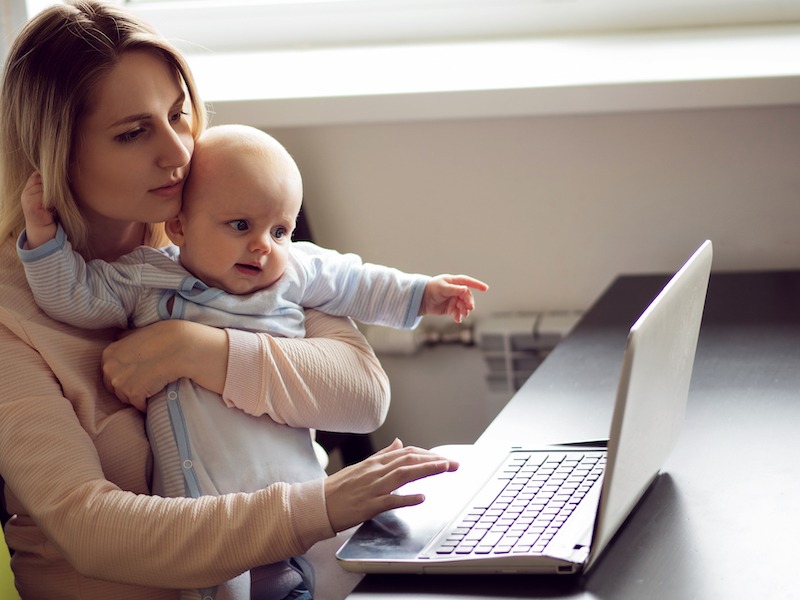Negotiations have stalled for unions pushing for a pay increase for public sector employees in the Northern Territory, but there’s one suggestion that’s been put on the table whose time has well and truly come and should give pause for all employers across Australia.
That suggestion is to not only pay superannuation during maternity leave, but to actually double such payments during that period. Ultimately, to help make a dent in the superannuation gender gap, which sees women approaching retirement age doing so with around a third less superannuation savings than their male counterparts, according to KPMG.
A bigger idea would be to actually double such contributions for ALL new parents taking paid parental leave — in the interest of promoting more shared care at home and offering a sweetener for men to take such leave.
But this idea is a start.
Doubling superannuation contributions during parental leave is an idea that we haven’t heard presented much previously. Indeed, it’s only in the past few years that we’ve started hearing about large corporate employers announcing that they will be actually paying superannuation during parental leave — it’s still a big deal, when we hear about an employer making this shift, we still report on it.
The superannuation gender gap is significant, and it speaks to a system that perpetuates gender pay gaps and inequality across the workforce.
It rewards those who work consistent, linear careers — those who don’t take breaks or spend extended periods in part-time work. It rewards those who are paid more than others. Ultimately, it rewards men. A system of reward that then punishes women, and contributes to the fact women aged 50 to 55 are the largest growing cohort of homelessness in Australia.
Periods of parental leave are not solely responsible for this superannuation gap. The gap starts early — a consequence of the gender pay gap, which also starts early. HILDA data recently noted that an 18 to 29 year old man has a balance of just over $10,000, compared to his female counterpart with just under $8500. But the real super gap kicks in at the age of 28, the average age women have a baby.
As Jennifer Duke recently wrote for Nine papers, there’s no good reason why paid parental leave should be treated differently to other forms of leave. If you take holiday leave or sick leave, superannuation continues to be paid.
But superannuation payments typically stop during paid parental leave, both on employer-paid and government-paid leave.
And if a new parent returns to work part time — which many do — these payments continue as a percentage of that part-time salary. These periods of not receiving superannuation or only receiving a fraction of your super accumulates.
This doubling of maternity leave was offered for the NT public service, alongside an additional three days’ extra annual leave (to be taken over Christmas and with limitations) and a $1000 cash bonus. But it comes as the NT’s Commissioner for Public Employment has refused to move on lifting a pay freeze across the public sector, that would see wages remaining stagnant for four years. As such, the offer has been rejected by unions.
Still, the CPE in putting up this offer, acknowledged that “women’s superannuation earning capacity may reduce when on parental leave.” As such, it would double the legislated rate during a period of paid primary caregiver leave. They would also pay super for up to 12 months for a partner taking leave.
It’s a start and an idea that should spread.



